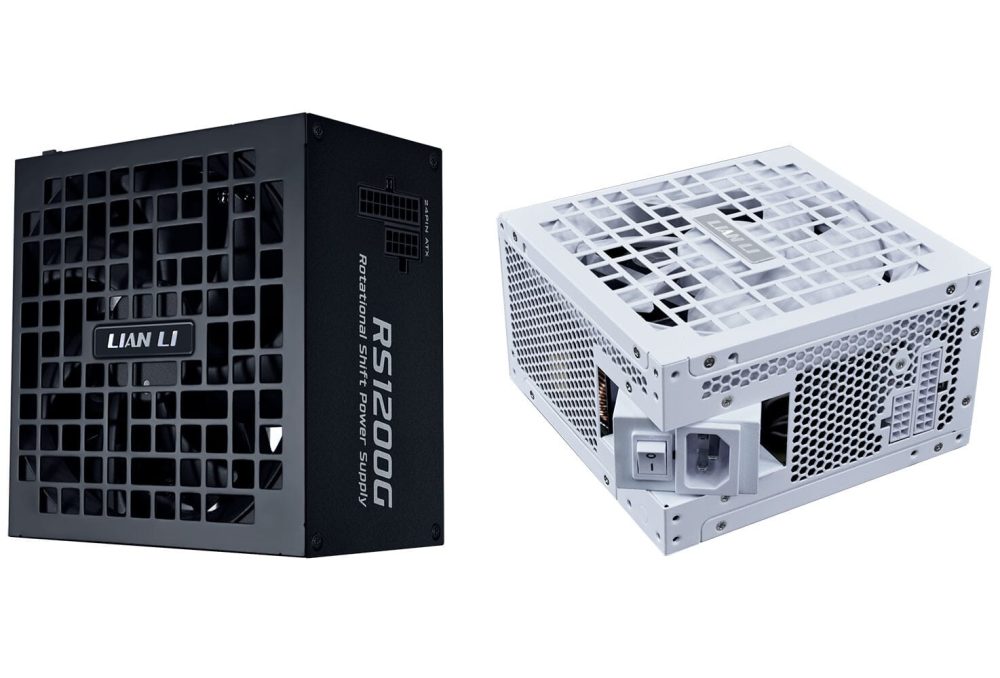As artificial intelligence becomes more powerful, it’s also becoming a serious heat problem, literally. The latest AI chips operate at such a high intensity that traditional cooling methods are nearing their limits. But Microsoft may have just found the breakthrough solution.
A Cooling Revolution Inside the Chip
Microsoft engineers have developed an in-chip liquid cooling system using microfluidics, a technology that pumps coolant through hair-thin channels etched directly into the silicon itself. Instead of cooling the chip from the outside, the liquid goes straight to the heat source.
Early testing has shown impressive results:
- Up to 3× more heat removal than today’s cold plate systems
- 65% reduction in peak temperature rise
- Improved power efficiency and lower operating costs
- Better sustainability and reduced strain on power grids
As AI chips become increasingly hotter with every generation, this could be a game-changer.
AI Helping Cool AI
To optimize the cooling layout, Microsoft collaborated with Swiss startup Corintis. It utilized AI to design bio-inspired channel patterns, similar to the way veins run through the wings of butterflies or leaves. These organic layouts target chip “hotspots” with greater precision than straight channels.
What Makes This Breakthrough Important?
Today’s AI chips are cooled with metal cold plates attached to the chip housing. However, those plates are several layers away from the silicon, limiting the amount of heat they can dissipate. Microsoft’s approach removes those barriers.
This opens the door to significant technical advantages:
- Higher chip density in data centers
- Safe overclocking during demand spikes
- Support for 3D chip stacking in the future
- More computing power without new buildings
- Better heat reuse and lower cooling costs
Built for the Future of AI
Microsoft has already tested the new cooling on GPUs, simulating a full Microsoft Teams workload. The plan is to extend the technology to its in-house AI chips, like Cobalt and Maia, and eventually deploy it across data centers.
They’re also working with fabrication partners to make the cooling system production-ready.
Industry-Wide Impact
Microsoft doesn’t want to keep this in-house. Their goal is to set a new industry standard:
“We want microfluidics to become something everybody does,” said Jim Kleewein, Microsoft technical fellow.
With AI chip performance on the rise and data center heat nearing a breaking point, this innovation may arrive just in time.


